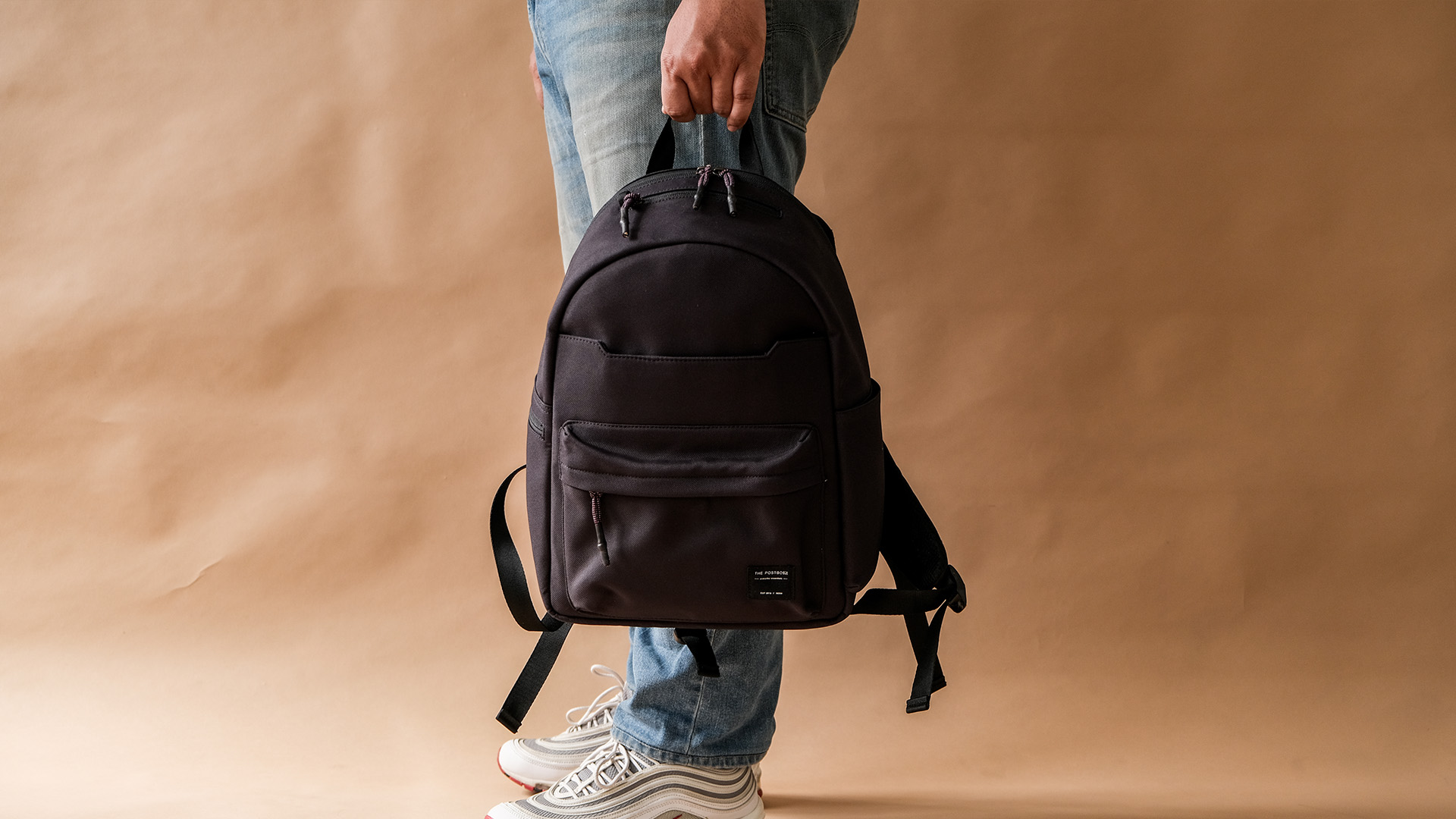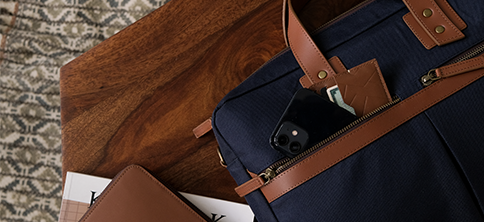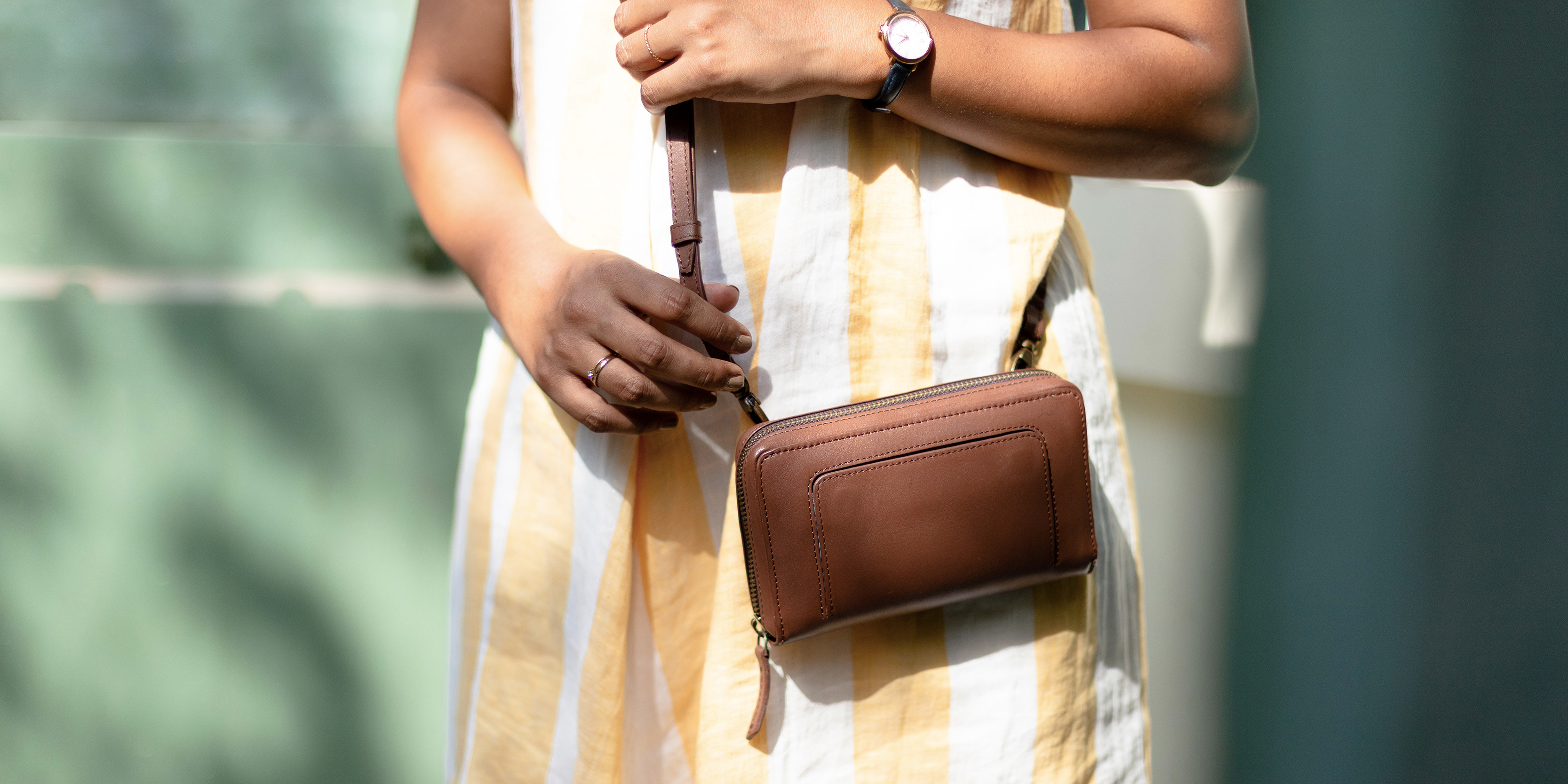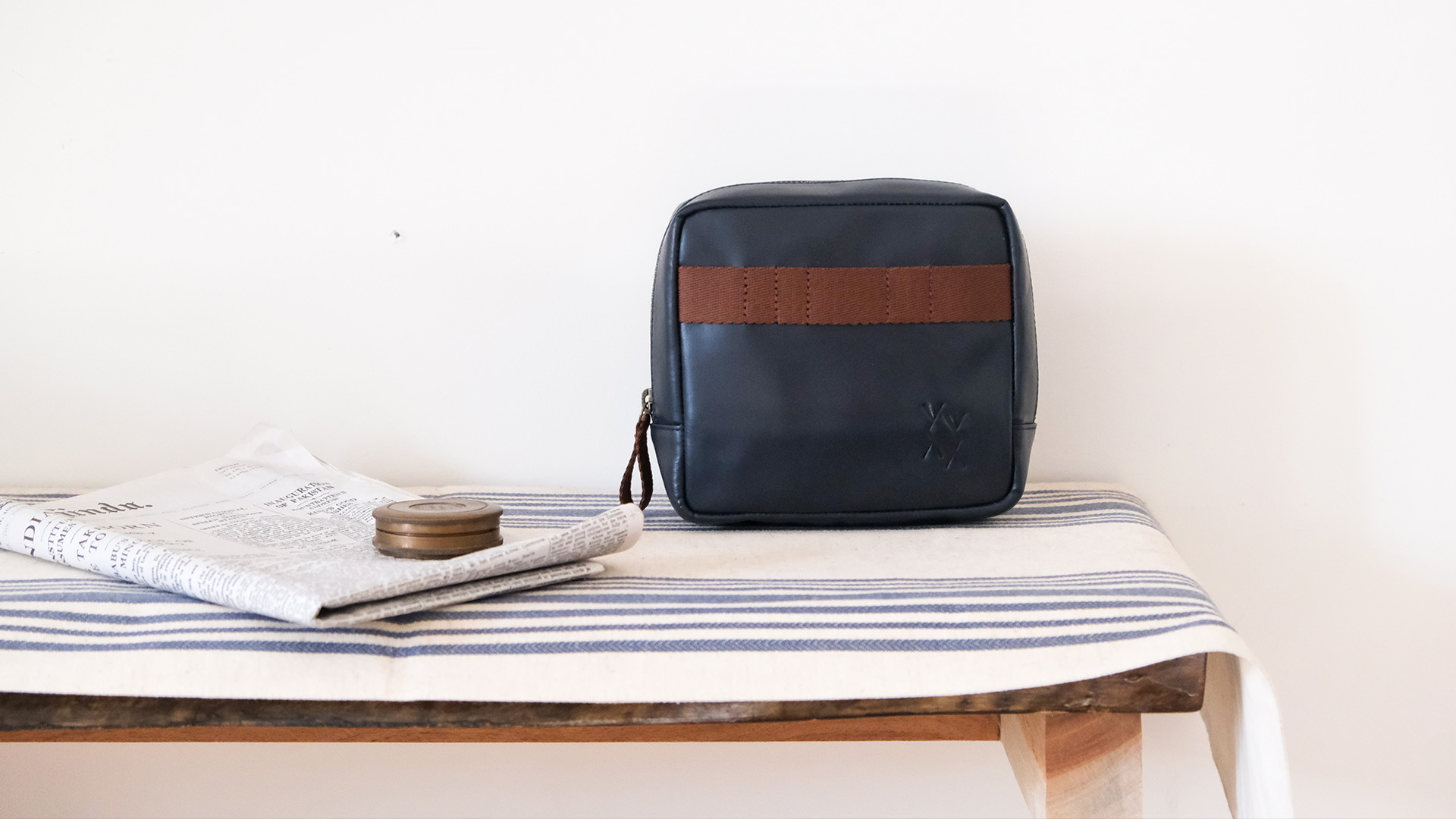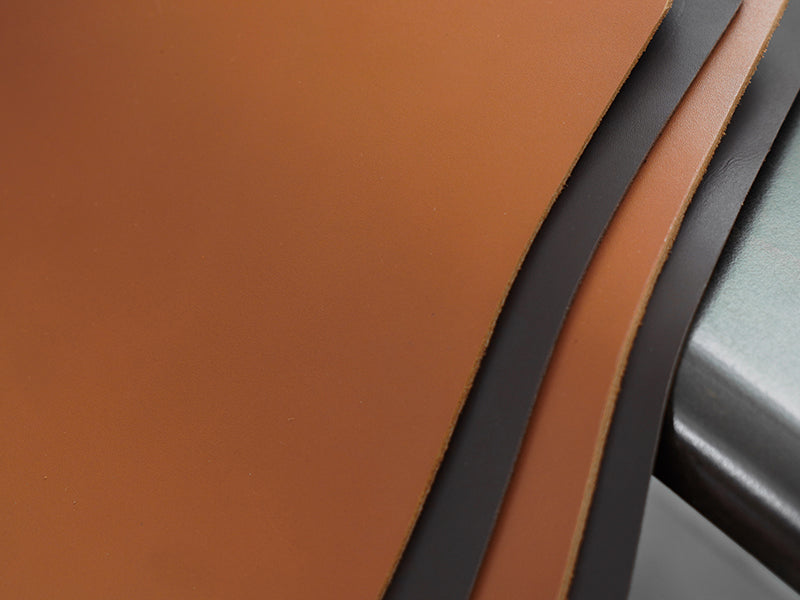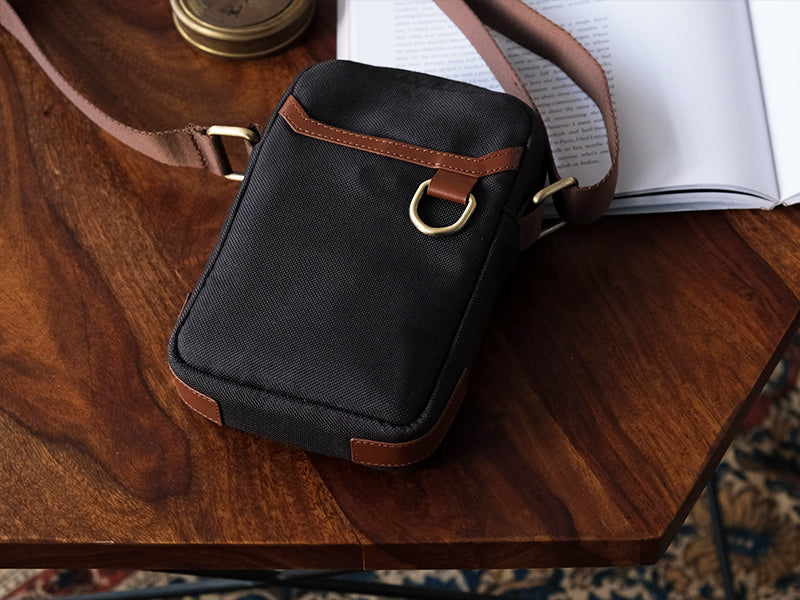On Wood & Design - Pondicherry
What do you call a guy who was born and brought up in Cognac, France and then went on to develop an interest in carpentry, very early on; through his prime teenage years? Adventurous? Go getter?
This culture piece is a brief documentation of Vincent and his love for everything wood and design.
What got you to India and why Pondicherry?
The first time I came to India was when I was 21 years old. I worked as an intern for a French guy who had a workshop here in Pondicherry. I was here for a year and then moved to Australia for a while. Then I travelled around Asia and found some work in Cambodia. But I came back here in 4 years and opened my workshop in Pondicherry. It feels like home here because you feel both French and Indian. Apart from the fact that it is not so difficult to start a business here unlike in France, you can do so many things in a day because everything is accessible and close-by to you. I start my day with some coffee and I feel like I can do so much in a day. I like the people here too. It’s a great place to work.
 We see a lot of inspiration from Scandinavian design? Do you also include a few Indian elements in each of your designs or as an inspiration when it comes to its aesthetics?
We see a lot of inspiration from Scandinavian design? Do you also include a few Indian elements in each of your designs or as an inspiration when it comes to its aesthetics?
So most of the work we do here is inspired by mid-century Scandinavian style. This style of furniture is very light and minimal and ergonomic as well. And it’s timeless. If you see a design from the 50s, you’d feel like it’s been made yesterday. It’s very contemporary. It has been a trend in Europe for the last 15 years and I see India getting there too because the perception of art is evolving here. But I draw my inspiration only from old European designs and not Indian ones.
 In your 10 of year experience as an antique furniture enthusiast, what do you think separates Indian artisans from what you’ve seen from around the world?
In your 10 of year experience as an antique furniture enthusiast, what do you think separates Indian artisans from what you’ve seen from around the world?
The artisans here are very hardworking compared to other places. They take a bit longer to gain the interest in doing something but once they do, they are always on the go. Their passion is clearly translated in the work they do here. Moreover, the fact that we are trying to focus more on hand – assembled furniture sets us apart from certain brands in other countries where each process is carefully automated.
 What comes first - Form or function?
What comes first - Form or function?
Both ergonomics and aesthetics are equally important aspects of a design. But it always goes hand in hand without too much effort put into bringing a balance between the two.
Define what handcrafted means to you? Do you think the word handcrafted is today an overly used term amongst design firms.
To me handicraft simply means something that’s made only by hand. But I cannot say that what I do here at Wood’ n Design is fully handcrafted. What I mean when I use the term handcrafted referring to my work here is that we use only basic machines which are manually operated and the rest of the process still involves hand- assembly. But I do agree that it’s a term that everyone uses these days for its appeal. I don’t want this place to be known as a studio; it’s a workshop to me. And I often make the correction that I’m not a designer but a carpenter. I take more pride in that.
 How has your upbringing influenced your brand?
How has your upbringing influenced your brand?
Coming from a place where cognac making is what people do, it only came naturally to me to be able to understand the intricacies of making something from scratch for its purity. While my brother took over the profession and distilleries that belonged to my family, I wanted to do something different for a living. My mother was the one who mostly influenced me in most of the decisions I took. I was 16 when I started working as a carpenter repairing antique furniture. I loved the idea of being able to restore things that are timeless. I did not want to continue studying and my mother was the one who got me in touch with the French guy who had a workshop here in Pondicherry. After I started working with him here, I learned how to make chairs. It’s the most complex furniture to make and I find the process beautiful.
 In most ways art and product design are alike. I am sure there have been times when you have had a design mind block. What do you do to get out a situation like that?
In most ways art and product design are alike. I am sure there have been times when you have had a design mind block. What do you do to get out a situation like that?
To think about it, I have never felt stuck at any point. I make sure I travel now and then for inspiration so that I don’t get a creative block. I feel like there is so much to do and I have too many ideas to execute them at once. I can’t feel stuck or tired because my focus is on transforming the skills of these craftsmen into something better. I always work with them instead of just making the designs and giving them the work. I do what I love so I don’t feel any pressure.
 Any interesting store or client you’ve worked with through the course of your journey here at wood’ n design?
Any interesting store or client you’ve worked with through the course of your journey here at wood’ n design?
I can’t pick a favorite from the projects I’ve done because I choose to do what I like. I like it when I get the freedom to do what I want and I enjoy working when I don’t have to make replicas. It’s a good thing to pay homage to some of the best designs out there but there is a thin line between drawing inspiration from them and replicating the work. While most of my work is inspired by mid-century Scandinavian designers, I have to find a way to bring a balance between my style and theirs and make something so unique that would be creatively satiating. Would you like to say something to the design community?
Would you like to say something to the design community?
I would probably add this suggestion to the people who are interested in designing furniture; they have to go back to the technique of handcrafting. It’s not only to sustain the art of handcrafting but to be a better designer, you have to be an artisan first. Only when you work directly with these artisans and participate, you will resonate with your art.


